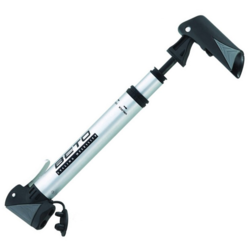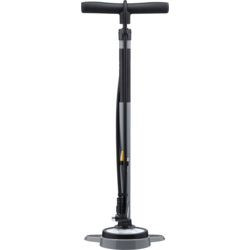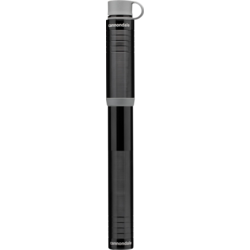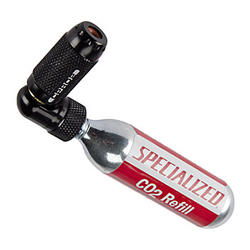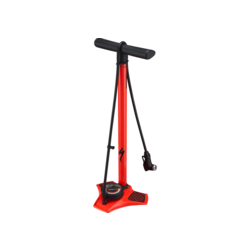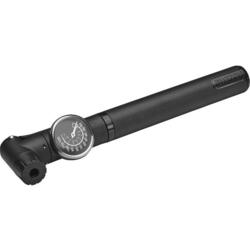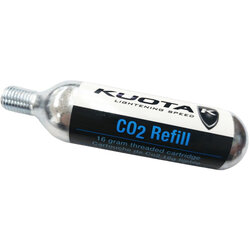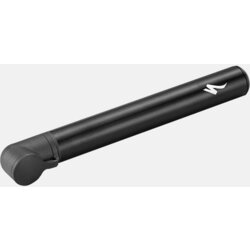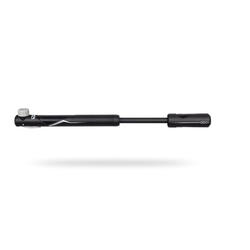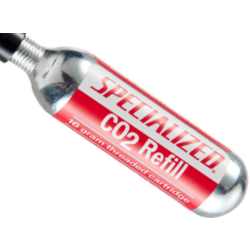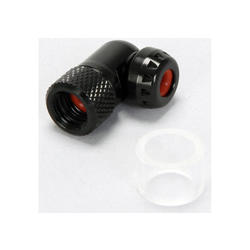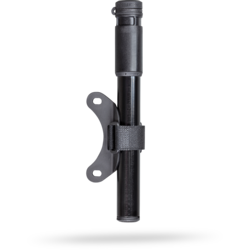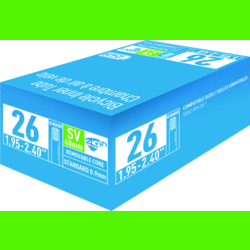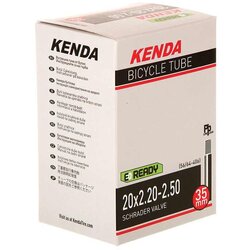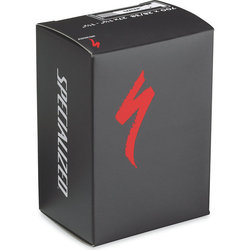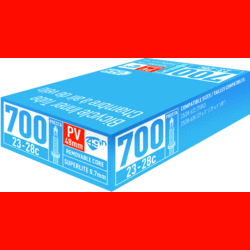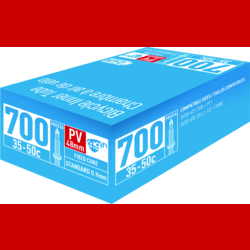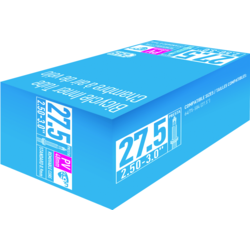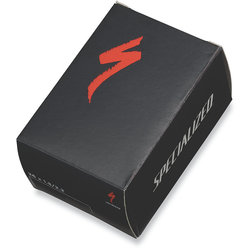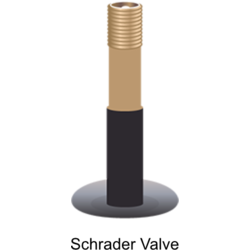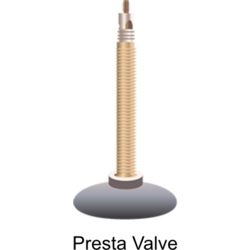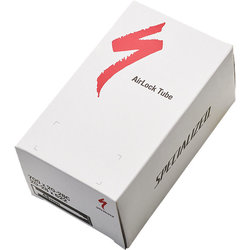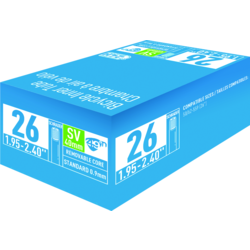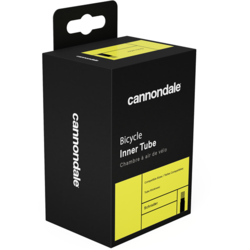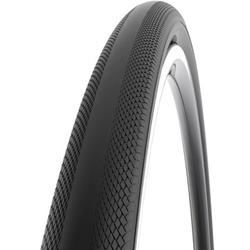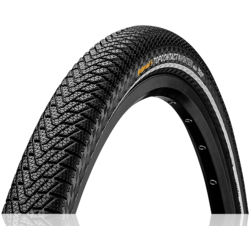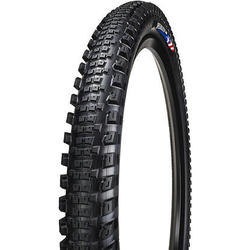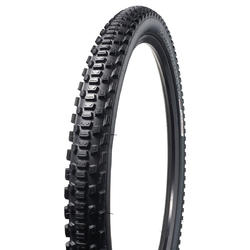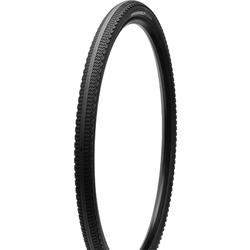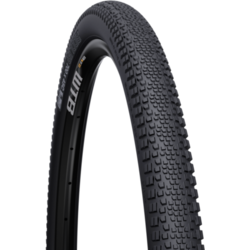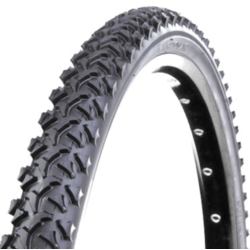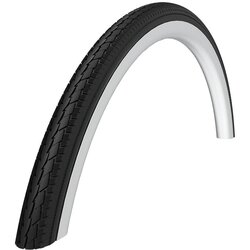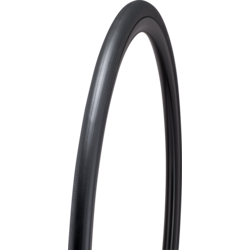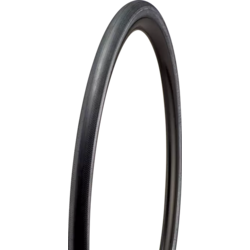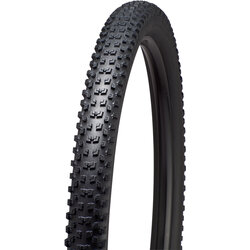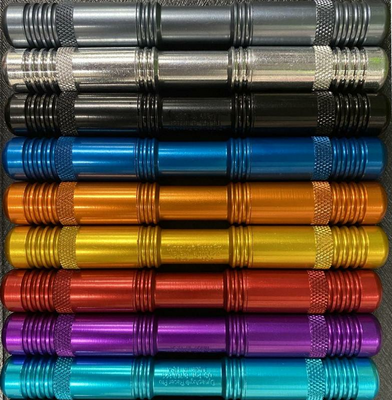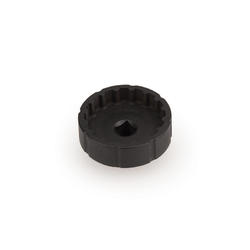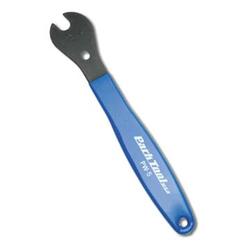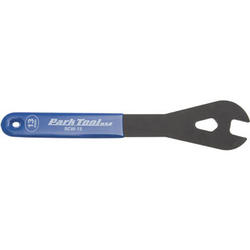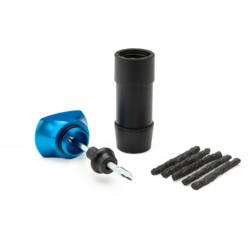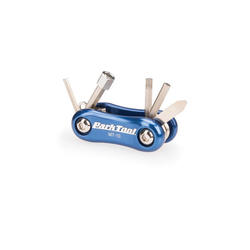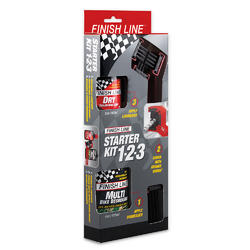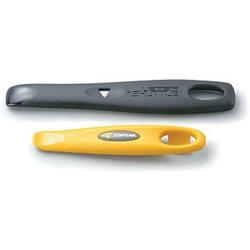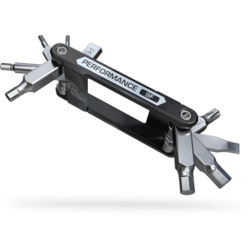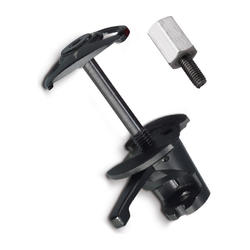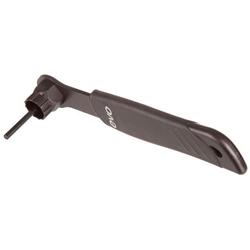
How to Inflate your Bicycle Tires
The easiest way to keep your bicycle running well and preventing flat tires is to keep your tires inflated to the correct pressure. Properly inflated tires feel the best when riding, last longer, and resist punctures.
You should check your tires before every ride. Why? Your tires lose air over time, even overnight. How does this happen? The little molecules of air wiggle their way out between the molecules of rubber in the inner tubes and tires. The same thing happens to automotive tires, but it's not as critical because the amount of air lost is so small compared to the large volume of air in a car's tire. With bicycle tires, a little bit of air makes a big difference. A bicycle tire can lose as much as 10% to 20% of its air in one day.
What happens when there's not enough presssure in your tires? Besides making your bike not as efficient as it should be, the biggest danger is what's called a "pinch flat." If you run over a pothole, curb, rock, stick, or other sharp obstable, with the tire air pressure too low, the inner tube will pinch between the tire and rim, causing the edges of the rim to cut hole(s) in the tube, called a "snake bite."
For fatter rubber, such as what's on most off-road bikes, once a week is about right. But DON'T head to a service station and use the car-tire compressor! (They can explode a bike tire in seconds.) Do it with your "floor" (home) pump.
- Get a "floor" pump with a built-in gauge and inflate your tires to the correct pressure before every ride.
- Carry a portable pump for fixing flats during rides.
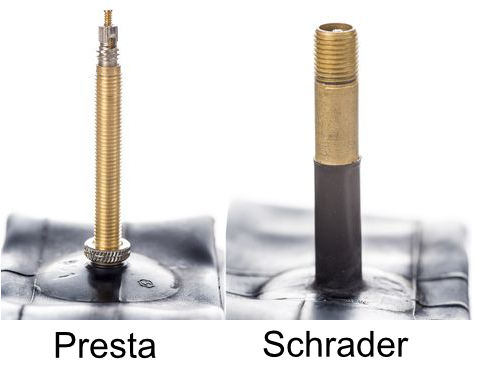
1. Valve Type
You need to know your tube's valve type to ensure that you purchase the correct spare and replacement tubes.
To inflate Presta tubes, you must first unscrew the tip by turning it counterclockwise, (It is not removable). To let air out, press down on the tip, opening the valve. Before inflating, tap the tip to make sure it is open.
For Schrader valves, simply attach the pump and get to work. You can bleed out some air if necessary by carefully pressing the small silver button inside the valve.
NOTE: There are adapters for Presta valves. These are not expensive, but are not as good as a pump with the proper head.
Tips
- Presta valves are also called "French," "racing," and "needle" valves.
- Not all Presta valves have threaded shafts as shown; some are smooth metal or rubber.
- Presta valves come in different lengths. The deeper your rims are, the longer the valves need to be.
- Schrader valves are the same as automobile valves, and are sometimes called "American" valves.
- Valves usually come with plastic caps. These provide a little protection and a "finished" look. If you lose one, the valve will still function correctly.
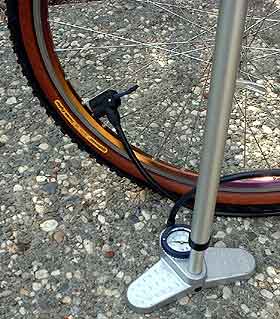
2. Attach the pump
There are many different types of pumps and the best way to guarantee using yours correctly is carefully reading the directions. Most modern pumps have the ability to inflate either type of valve. Some have a "Smart head" that does either, and others have two separate holes for the valves, the smaller hole will be Presta, the bigger one is for Schrader.
Some pumps have convertible heads on which you must reassemble the parts when you want to pump up a different valve. If you have this type, set it up for the valves on your bicycle and keep the directions handy so you'll remember how to adapt it when necessary.
It's easy enough to attach the pump to the valve. Be sure to open a Presta valve first by unscrewing and briefly tap the tip. Press the pump head on the valve far enough, covering about one to two thirds of the valve height.
If the pump head has a "lever lock," flip it to attach the head to the valve and start pumping. Slow and steady gets the job done efficiently.
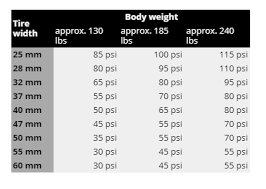
3. Inflate the tire
How much tire pressure should you run? A practical approach is to use the manufacturer's recommended pressure, which you'll find printed on the tire sidewall. It wil b either printed on a small label or molded into the casing. The suggested inflation range is a good starting point. If it's a wide range, for example 40 to 60 psi, experiment to find which pressure works and feels best.
How the tires feel depends on rider weight. Our chart is an example for road tires with tubes. (Do not use this chart for tubeless tires).
Tips
- Many cyclists put too little air in road tires, which makes it harder to pedal, wears the tires prematurely and causes more flats.
- Likewise, many riders use too much air in off-road tires, which reduces traction and control, and creates a harsh ride.
What Can Cause Air-Loss?
There are a number of reasons your tire(s) can lose air. Some of the most common reasons are:
- Puncture by a sharp object (Glass, thorns, nails and screws)
- Damage to the valve stem
- Ripped tire
- Over-inflation (Blowout)
- Road hazards (Pothole, debris)
- Rim damage
- Slow leaks
- Pinch Flat (snake bite)
- Burping (loss of air in a tubeless tire when its seal with the rim is compromised)
- Tire wear
- Damaged or mis-aligned rim tape
- Sharp edges from the rim drilling
The science behind air-loss:
Rubber is comprised of long elastic strands of polymers. An inherent characteristic of those elastic polymer strands is micro pathways through which gasses are able to pass. The air in your tube eventually escapes through these micro pathways. Voila - lost air pressure in your tires.
This process is called diffusion. The higher the pressure and lower the volume, the more quickly the tire will lose pressure. Even with the same amount of air passing through the rubber, the effect is more significant because of the lower volume. On average, tires will lose 1-2 psi per day. For low volume, high pressure tires, you will most likely need to top off your tires every 4-7 days to keep it within the recommended range.
What can slow down air-loss?
In theory, a heavier gas would have a harder time passing through the rubber, which you'd think would result in your bicycle tires maintaining pressure longer. So, why not use CO2 --which is heavier than either O2 or ambient air -- all of the time?
Studies have been done on the subject, and the key here is the solubility of the gas. CO2, it turns out, is very soluble in rubber: CO2 passes through rubber almost 5 times faster than O2. So unfortunately, CO2 is not the answer. In fact, if you use a CO2 cartridge to inflate your tires, they will go flat faster than if you inflate it with a normal pump and ambient air. So, if you need to rapid inflate your tires on the road with a CO2 cartridge, it is a good idea to replace the air in the tube once you are home.
There hasn't been much done to decrease the rate of diffusion in bicycle tubes to date. In theory, a thicker tube, like a thorn-resistant tube, should have better air retention, holding its pressure longer due to the additional time it would take for the air to diffuse through the tube. We haven't found any scientific studies on the actual effects, though.
In any event, the down side is that thicker tubes add weight to your bike as well as increasing rolling resistance. So, do you want to pump up your tires a little more often, or work harder with every pedal stroke?
Conclusion
Air loss in your bike tires are a natural fact of life. Currently, there is nothing that can replace the feel of riding on air.
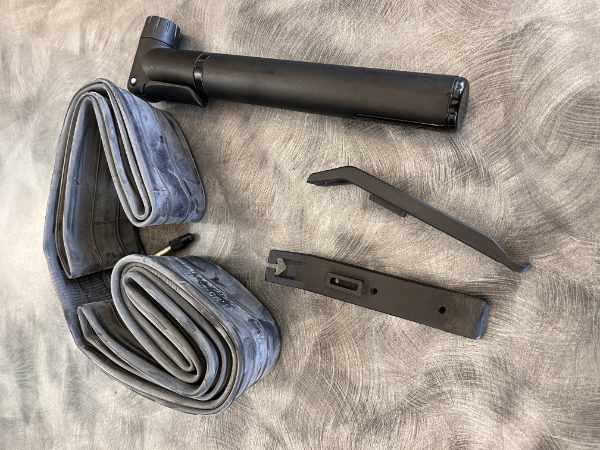
Be Prepared
Every cyclist should have a spare tube, inflator and tire levers with them when they ride. A small bag under the back of the saddle is all that is needed for this equipment. You may also consider carrying a small multi-tool for any adjustments your bike may need.
Patch kits are also an option, but these can be unreliable and are a temporary fix. Always replace a patched tube at the first opportunity.

